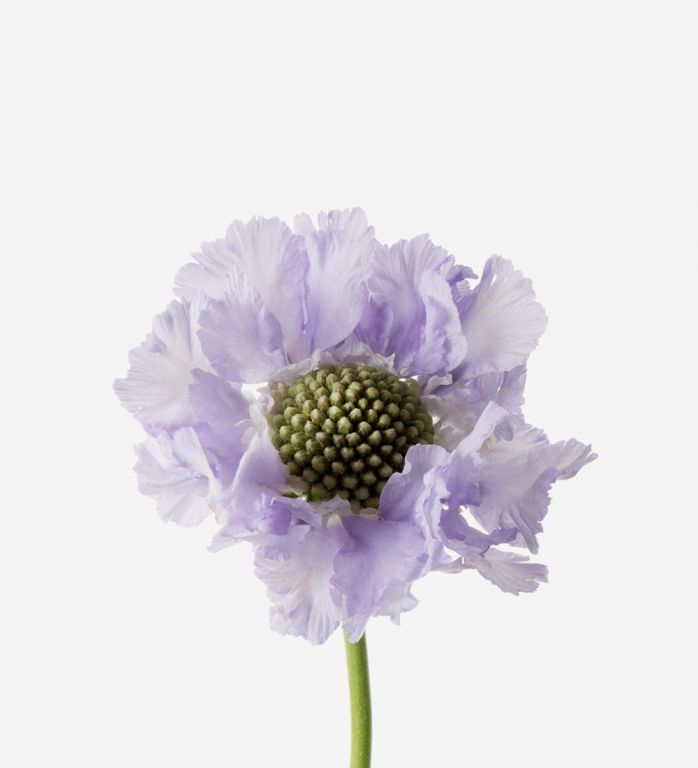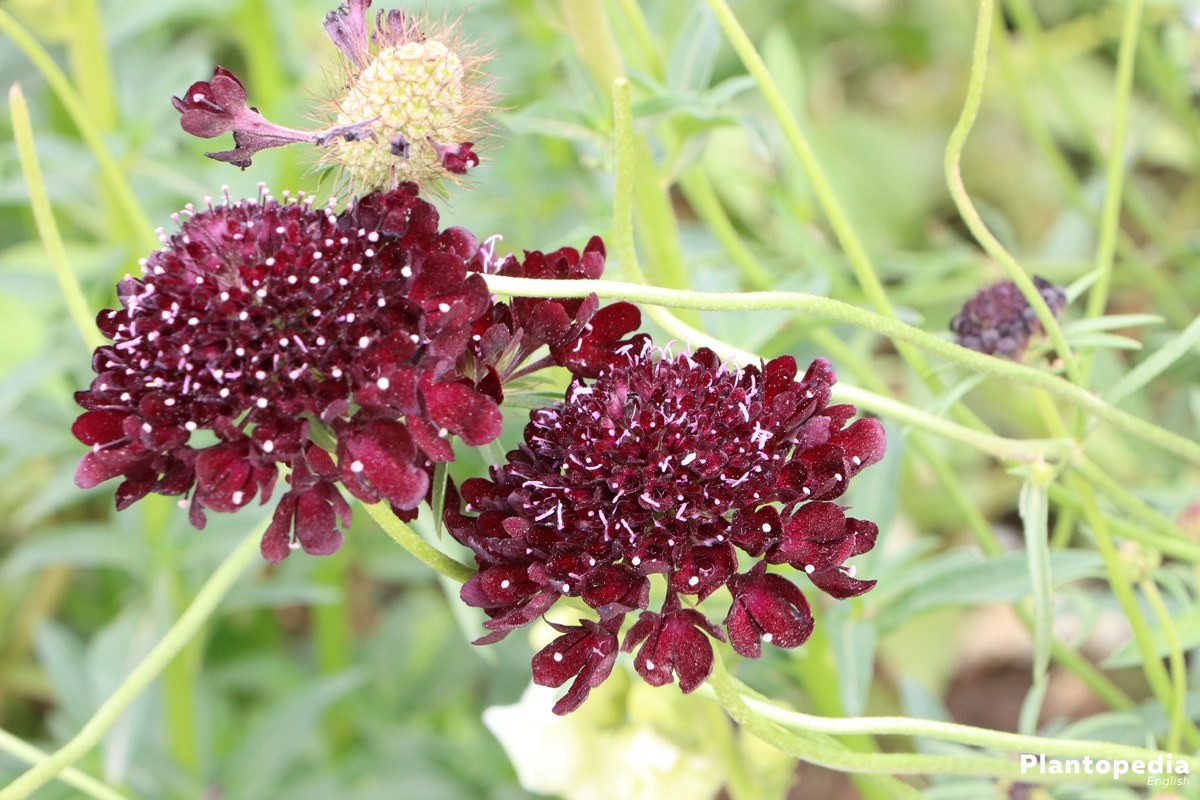The Best Scabiosa Companion Plants: Flowers That Will Thrive Together
Title: The Best Scabiosa Companion Plants: Flowers That Will Thrive Together
Introduction:
Scabiosa are beautiful flowers that are known for their pincushion-like blooms. They come in a variety of colors, including white, blue, purple, and pink. Scabiosa are relatively easy to care for and can thrive in a variety of conditions.
One of the best things about scabiosa is that they can be companion planted with a variety of other flowers. This means that you can create beautiful and interesting flower arrangements by planting scabiosa with other plants that have similar needs and requirements.
In this blog post, we will discuss the best scabiosa companion plants. We will also provide some tips on how to choose the right companion plants for your garden.
Main Content:
Here are some of the best scabiosa companion plants:
- Lavender: Lavender is a classic companion plant for scabiosa. The two plants have similar requirements for sunlight and soil, and they both attract butterflies and other pollinators. Lavender's strong scent also helps to deter pests from scabiosa.

- Salvia: Salvia is another great companion plant for scabiosa. The two plants have similar flower colors, and they both bloom for a long period of time. Salvia also helps to attract pollinators to scabiosa.
- Yarrow: Yarrow is a hardy plant that can tolerate a variety of conditions. It is also a good choice for companion planting with scabiosa because it helps to deter pests.

- Cosmos: Cosmos is a beautiful and carefree flower that is easy to grow. It is a good choice for companion planting with scabiosa because it blooms for a long period of time and attracts butterflies.

- Echinacea: Echinacea is a popular medicinal herb that is also a beautiful flower. It is a good choice for companion planting with scabiosa because it helps to deter pests and attracts pollinators.

In addition to these plants, there are many other good companion plants for scabiosa. When choosing companion plants, it is important to consider the following factors:
- Sunlight: Scabiosa needs full sun to partial shade. Choose companion plants that have similar sunlight requirements.
- Soil: Scabiosa prefers well-drained soil. Choose companion plants that have similar soil requirements.
- Bloom time: Scabiosa blooms for a long period of time. Choose companion plants that bloom at the same time or have different bloom times to extend the flowering season in your garden.
- Attraction of pollinators: Scabiosa attracts butterflies and other pollinators. Choose companion plants that also attract pollinators to help support the local ecosystem.
Conclusion:
Scabiosa are beautiful and versatile flowers that can be companion planted with a variety of other plants. By choosing the right companion plants, you can create beautiful and interesting flower arrangements that will thrive in your garden.
Scabiosa is a beautiful flower that can be grown in a variety of settings. It is a good choice for companion planting, as it can attract pollinators and help to deter pests. Some good companion plants for scabiosa include:
- Alyssum
- Lavender
- Sage
- Sedum
- Roses
- Butterfly weed
- Daylilies
- Columbine
- Pinks
For more information about scabiosa companion plants, please visit Home Gardening.
FAQ of scabiosa companion plants
What are good companion plants for scabiosa?
Scabiosa is a versatile plant that can be paired with a variety of other plants. Some good companion plants for scabiosa include:
- Alyssum: This low-growing plant has delicate white flowers that complement the pincushion flowers of scabiosa.
- Bellflower: These tall, airy flowers add height and interest to a border.
- Dianthus: These fragrant flowers come in a variety of colors, which can be used to create a colorful display.
- Geranium: These hardy plants come in a variety of colors and textures, and they attract butterflies and other pollinators.
- Black-eyed Susans: These cheerful flowers bloom in the summer and add a touch of sunshine to any garden.
- Petunias: These colorful flowers are easy to grow and attract butterflies and other pollinators.
What are the benefits of companion planting with scabiosa?
There are several benefits to companion planting with scabiosa. These include:
- Improved pollination: Scabiosa attracts butterflies and other pollinators, which can help to improve pollination of other plants in the garden.
- Disease and pest control: Some companion plants can help to repel pests and diseases, which can help to protect scabiosa from damage.
- Enhanced growth: Some companion plants can help to improve the growth of scabiosa by providing nutrients or shade.
- Visual interest: Companion plants can be used to create a more visually interesting garden by adding height, color, and texture.
Where should I plant scabiosa companion plants?
Scabiosa companion plants should be planted in full sun to partial shade. They should also be planted in well-drained soil.
How far apart should I plant scabiosa companion plants?
The spacing of scabiosa companion plants will vary depending on the size of the plants. However, as a general rule, you should space them about 12-18 inches apart.
What are some tips for caring for scabiosa companion plants?
Scabiosa companion plants are relatively low-maintenance. However, there are a few things you can do to help them thrive:
- Water them regularly, especially during hot, dry weather.
- Fertilize them every few months with a balanced fertilizer.
- Deadhead spent flowers to encourage new blooms.
- Protect them from pests and diseases.
Image of scabiosa companion plants
10 different images of scabiosa companion plants that are free to use:
- Scabiosa with lavender: Lavender is a classic companion plant for scabiosa, as the two plants complement each other's colors and textures. Lavender's purple blooms add a touch of elegance to scabiosa's fluffy, pincushion flowers.

- Scabiosa with delphinium: Delphiniums and scabiosa are both tall, airy plants that bloom in shades of blue, purple, and white. They make a beautiful combination in the garden, and they attract butterflies and other pollinators.

- Scabiosa with aster: Asters and scabiosa are both late-summer bloomers, so they can extend the color in your garden for weeks. Asters come in a wide range of colors, so you can find the perfect ones to complement your scabiosa.

- Scabiosa with yarrow: Yarrow is a hardy, drought-tolerant plant that is a great companion for scabiosa. The two plants have similar flower shapes and colors, and they both attract pollinators.

- Scabiosa with cosmos: Cosmos are cheerful, daisy-like flowers that add a touch of lightness to the garden. They bloom in a wide range of colors, so you can find the perfect ones to complement your scabiosa.
- Scabiosa with rudbeckia: Rudbeckia is a tall, sunny flower that blooms in shades of yellow, orange, and red. It makes a beautiful contrast with scabiosa's cooler colors.
- Scabiosa with sunflowers: Sunflowers are a classic garden flower that is sure to turn heads. They bloom in shades of yellow, orange, and red, and they make a beautiful contrast with scabiosa's cooler colors.
- Scabiosa with coneflowers: Coneflowers are a type of daisy that blooms in shades of purple, pink, and white. They make a beautiful contrast with scabiosa's cooler colors, and they attract pollinators.
- Scabiosa with gaillardia: Gaillardia is a type of daisy that blooms in shades of red, orange, and yellow. It makes a beautiful contrast with scabiosa's cooler colors, and it attracts pollinators.
- Scabiosa with salvia: Salvia is a genus of flowering plants that includes many popular garden varieties. Salvias come in a wide range of colors, so you can find the perfect ones to complement your scabiosa.



Post a Comment for "The Best Scabiosa Companion Plants: Flowers That Will Thrive Together"